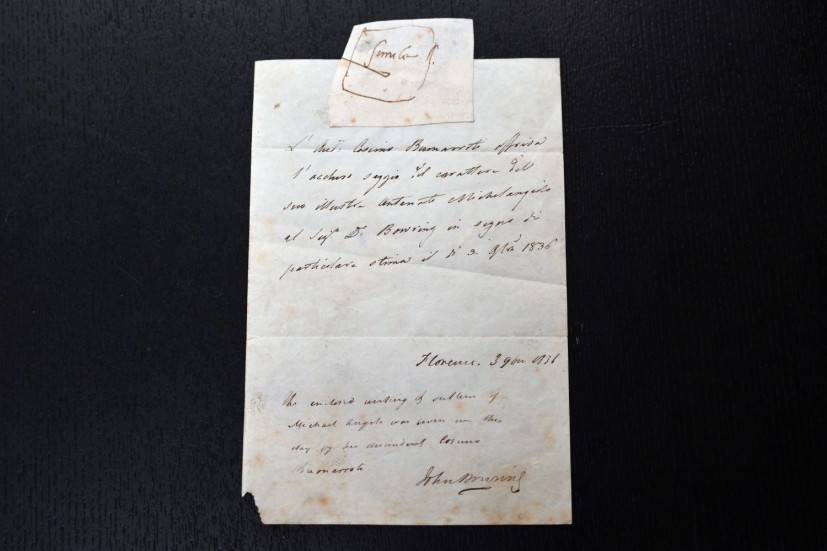A measly 1.8 by 2.6-inch drawing by the legendary Renaissance artist Michelangelo fetched $201,600 at a Christie's auction in New York after an intense bidding battle, about 33 times more than its low estimate of $6,000 and 25 times its high estimate of $8,000.
The Michelangelo scribble met the hammer's fall last Wednesday, April 17, with an anonymous buyer being declared the winner of an arduous back-and-forth.

About the Michelangelo Sketch of a Marble Block
The piece is not a fully finished artwork by any means and is more of a scribble depicting a hastily put-together diagram of a marble block.
According to the auction house's lot essay for the drawing, it may have served a preparatory purpose for one of Michelangelo's most ambitious projects, like maybe the Sistine Chapel.
Inside the sketched block is the word "simile," or "similar" in English, which led experts at Christie's to believe the drawing to have been "instructions for quarrying the blocks and allowed for the quantification of costs related to the material and its transportation."
In addition, the experts felt confident about the scribble's attribution to Michelangelo because of the strong provenance provided by an attached letter written by the Renaissance master's own descendent: Cosimo Buonarroti.
As per Christie's provenance notes, the correspondence was penned in 1836. The contents pertain to an offer Buonarroti made to Sir John Browning, who was a prospective Governor of Hong Kong at the time and the letter's signatory, to buy the sketch of his "illustrious forefather."
Originally penned in Italian, it reads in English: "The enclosed writing and outline of Michelangelo was given on this day by his descendant Cosimo Buonarroti."
Although the Italian master relied heavily on drawings to work out the kinks in his two-dimensional and three-dimensional pieces, most of the remnants of this practice were lost due to Michelangelo destroying them ahead of his passing in 1564.
As per Giorgio Vasari, who authored "The Lives of the Artists," Michelangelo's reasoning was "so that no one should see the labors he endured and the ways he tested his genius." Despite this, however, over 200 of these drawings survived.
They, including scribbles of marble blocks, are currently part of Casa Buonarroti's collection in Florence. This institution was initially founded by the artist's grand nephew Michelangelo Buonarotti. Later on, it was run by Cosimo de' Medici.